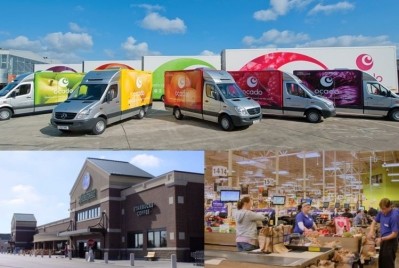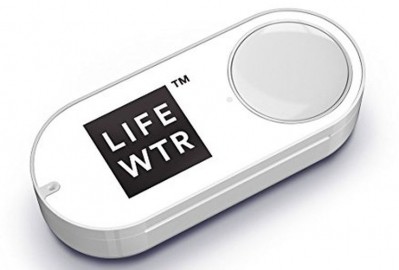Four ‘must-haves’ for a successful online grocery experience

As of last year, roughly 20% of consumers bought groceries online at least sometimes – a figure that many considered the tipping point for adoption that would lead to the majority, or 70% of consumers, buying food and beverage online within 10 years.
However, key mergers and acquisitions, such as Amazon’s purchase of Whole Foods, have changed the equation so dramatically, that now Nielsen analysts predict as many as 70% to 80% of food shoppers will buy online in just five to seven years, Laurie Rains, group vice president of retail commercial strategy and Nielsen, said during a recent webinar.
“Changes in the competitive landscape and M&A activity have infused our thinking and the pace with which we think consumers will be going online, but it is also important to remember that the acquisitions resulted really because of consumer behavior changes.”
In other words, consumers are ready to make the leap to online grocery shopping – retailers just need to work with them to make it happen. And in order to do that, retailers need to consider who is really shopping online and of those who aren’t, why not?
Who buys groceries online?
Millennials and affluent consumers may be leading the change from shopping in physical stores to online, but Rains cautions retailers not to ignore anyone because Nielsen survey data shows that people from all generations and income levels continue to engage with digital food retailing.
She noted that Nielsen’s Digital Shopping Fundamentals survey shows 61% of Millennials and 54% of shoppers considered affluent shop for food and beverages online, which is far more than any other age group or income bracket.
However, she said, the other groups are not far behind with 55% of Gen X, 44% of Boomers and 39% of the Greatest Generation also shopping online. In addition, 46% of consumers with a mid-range income and 42% who are struggling economically also shop for groceries online.
Three factors holding back shoppers from buying groceries online
For those shoppers who have not moved online to buy groceries yet, Nielsen found concerns about trust, value and experience were holding them back, Rains said.
In terms of trust, 75% of survey respondents said they worried about the quality of the food that would be delivered – meaning they feared it might not be up to their standards, Rains said.
“If I asked all of you to explain to me what a fresh banana was or a ripe banana was we would probably all have different ideas. So, understanding the idea of food quality and what it means to each consumer is important” to be able to bring them online, Rains said.
Just under a third of the consumers surveyed did not trust the process for online grocery shopping and felt that they were at risk of not getting what they ordered or that the photo of what they ordered online would not be the same as what was delivered.
Consumers’ perception of the value of online grocery shopping also held them back from embracing ecommerce. The experience often has a delivery fee or higher prices for individual items, which 44% of shoppers said they didn’t like, according to Nielsen data.
Finally, frustration around how long it takes to find items online and a perception the process was tedious also stopped some shoppers from moving to etailers, according to Rains.
“The experience needs to be fast and fun. When we think of fast, it is what are the number of clicks it takes for a consumer to actually find what they want,” she said. “Then fun, you know, is how helpful and easy is it to navigate.”
One way to make the experience more “fun” is to have a curated variety of products that meet both the basic needs but then also might include items that are more novel and not available in more brick and mortar stores, Rains said. She also noted that personalization aspects can also add to the fun factor, for example recommendations to buy products based on the current and past shopping carts or a streamlined check-out process.
Four ‘must-haves’ for success
Based on these insights and the rate of adoption for online grocery shopping, Rains said etailers “must have” four key components:
1) A strong mobile presence. Mobile is the fastest growing platform across generations and socio-economic groups and allows consumers to quickly and easily purchase something while they are thinking about it no matter where they are or what they are doing
2) A great online experience. Ecommerce is all about convenience and if there is any friction, consumers will quickly abandon their cart, warns Rains.
3) Consumer-centered control. “Consumers prefer to be in control. Again, it is all about convenience and being able to buy what they want, when they want, any time of day. So the whole idea of self-service is central” to online shopping as opposed to assisted service, Rains said.
4) An ear to the ground. Rains explains etailers need to listen to consumers’ conversations across social platforms to find out what they like and dislike about the service and their experience.











